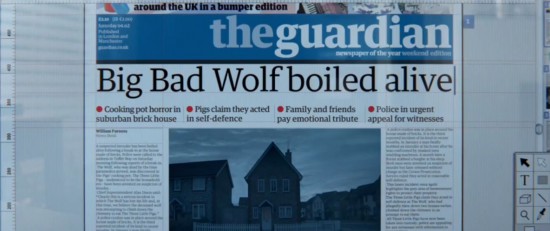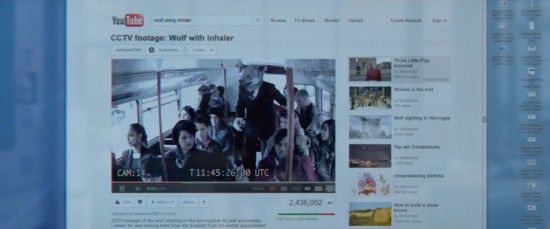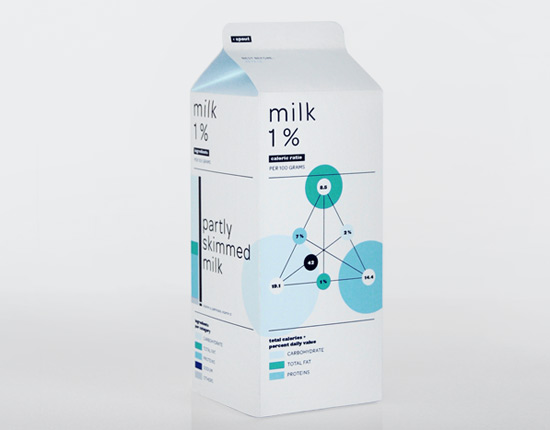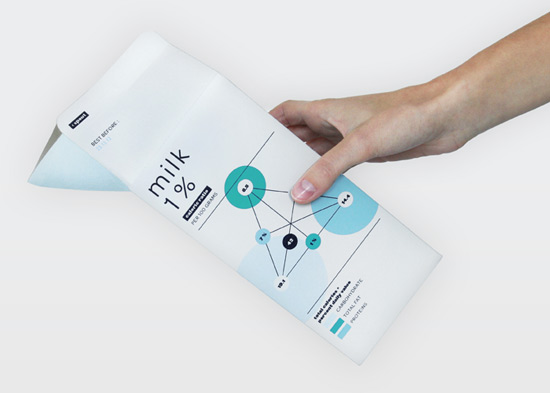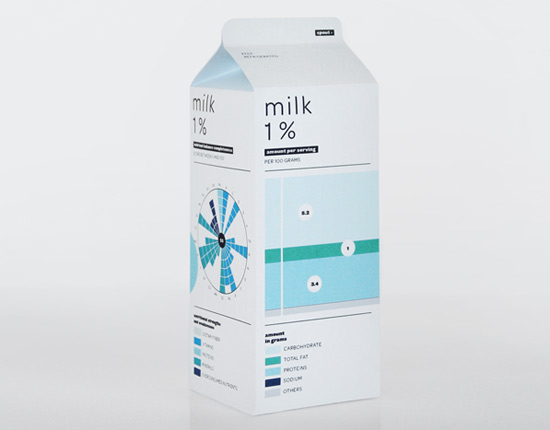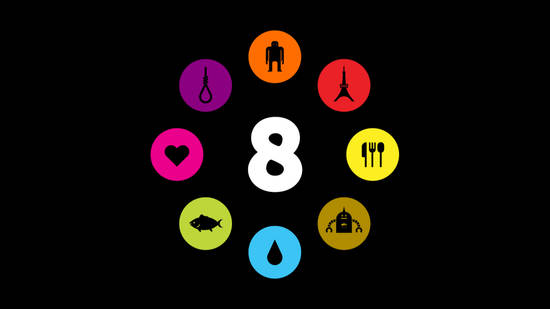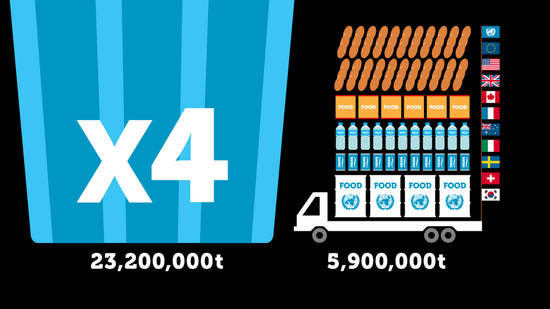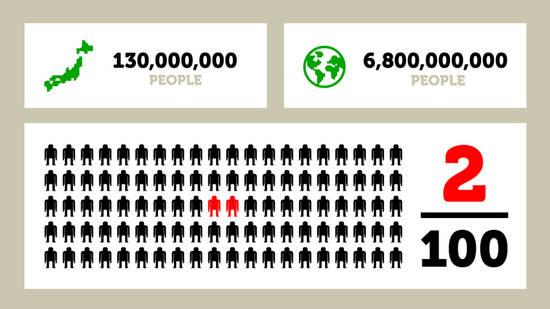Create Compelling Mobile Experiences, Or Facebook Falls Apart
Posted in: UncategorizedRemember when the call was put out to accelerate our processes and get up to Internet speed? I think we’ve done it, because today a huge company can emerge from a dorm room to become a major Silicon Valley-based player in just a handful of years. Said company–Facebook–can then go public (after which its officers may begin to get their fortunes out, before the whole thing fizzles).

According to San Francisco Chronicle, Mark Zuckerberg took $2.3 billion in stock options last year, while Cheryl Sandberg earned $822 million in cash-outs. Whether the two top people at Facebook need some walking around money, or whether they’re reading the tea leaves, who can say?
What I can do is point to this article in The Guardian, which suggests that FB’s expansion in the US, UK and other major European countries has peaked.
In the last month, the world’s largest social network has lost 6m US visitors, a 4% fall, according to analysis firm SocialBakers. In the UK, 1.4m fewer users checked in last month, a fall of 4.5%. The declines are sustained. In the last six months, Facebook has lost nearly 9m monthly visitors in the US and 2m in the UK.
Users are also switching off in Canada, Spain, France, Germany and Japan, where Facebook has some of its biggest followings. A spokeswoman for Facebook declined to comment.
Are we growing weary of our own Walls, and hearing about life’s little and sometimes major events via our friend’s Walls? Clearly.
As people look for new experiences online and in real life, Facebook’s challenge is to provide them, particularly on the mobile handset. Which brings us to Facebook Home.
According to Reuters, Home lets users comprehensively modify Android, the popular mobile operating system developed by Google, to prominently display their Facebook newsfeed and messages on the home screens of a wide range of devices – while hiding other apps.
I don’t own an Android device, but I like the boldness in this move. Facebook is “improving” one of it’s most significant competitor’s products. That’s not something you see everyday.
In other news, Google Now is now available on iOS.
The post Create Compelling Mobile Experiences, Or Facebook Falls Apart appeared first on AdPulp.




















































